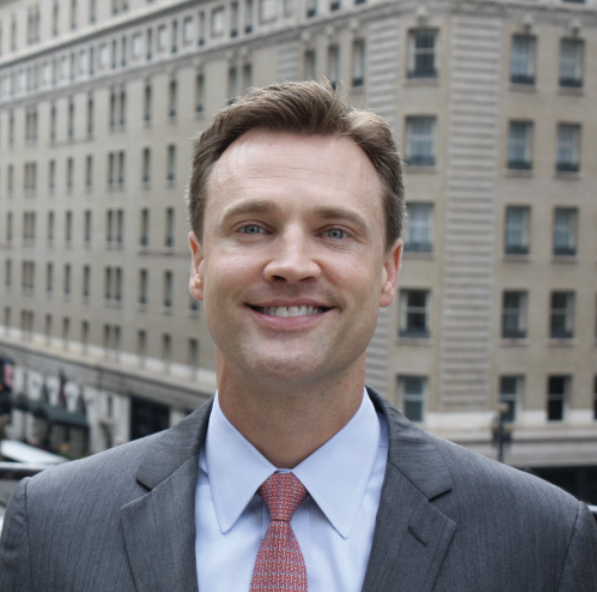
"The truth is, what scares most people isn't the balance in their bank account ... it's the unknowns around money: Am I spending too much? Am I saving enough? Will I run out? Should I feel guilty for wanting something joyful? That's where financial mindfulness comes in. It's not about restriction; it's about awareness, intention, and aligning your money with the life you actually want to live."
"Start With Your Statement of Financial Purpose One of the most grounding tools we use with clients is a simple, but incredibly clarifying, statement: "Money's purpose in my life is to __________." Most people start with something broad: "To help me feel secure." "To give me choices." "To not be a burden." That's a great first layer. But a powerful Statement of Financial Purpose should be specific enough that you can hold yourself (and your decisions) accountable with a yes or no."
""Money's purpose in my life is to make life feel longer by making more memories with my loved ones." That's mine. And it changes the conversation entirely. When I think about a trip, a splurge, or a big purchase, I ask:Does this expense create a memory I'll cherish? Will it deepen joy or connection?If the answer is yes, the decision gets a lot less scary."
Financial fear often arises from uncertainty about spending, saving, and future sufficiency. Financial mindfulness prioritizes awareness and intention rather than restriction. A Statement of Financial Purpose clarifies why money matters and provides a yes/no standard for decisions. Common starter purposes include security, choice, and not being a burden, but greater specificity enables accountability. Using a personal purpose reframes purchases: evaluating whether an expense creates cherished memories or deepens connection makes spending less frightening. Even financially prepared people can hesitate to spend; purposeful alignment helps balance saving with using money for the life one wants.
Read at San Francisco Bay Times
Unable to calculate read time
Collection
[
|
...
]